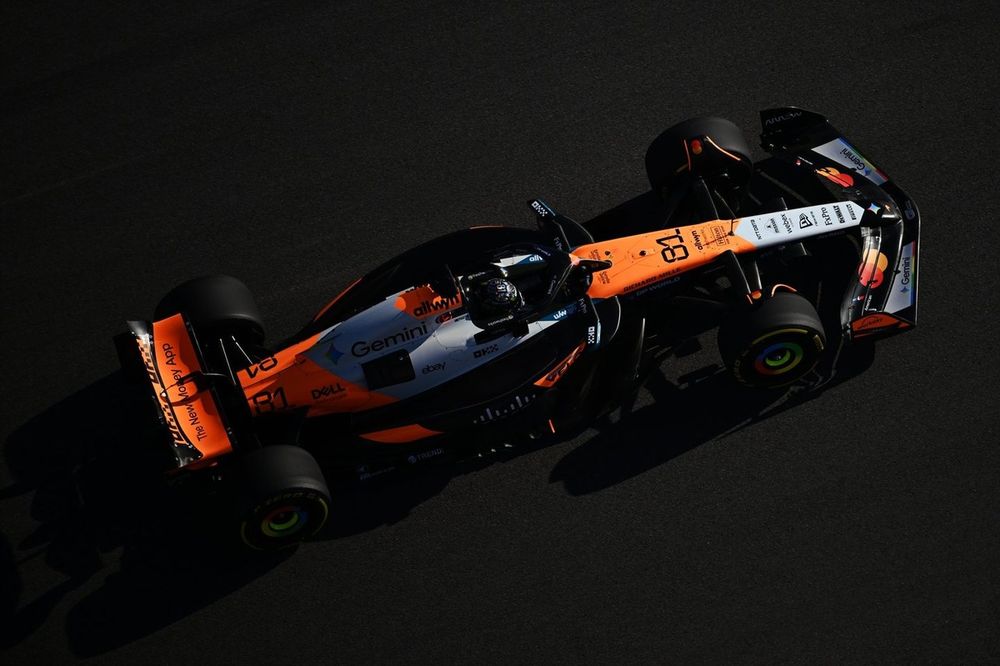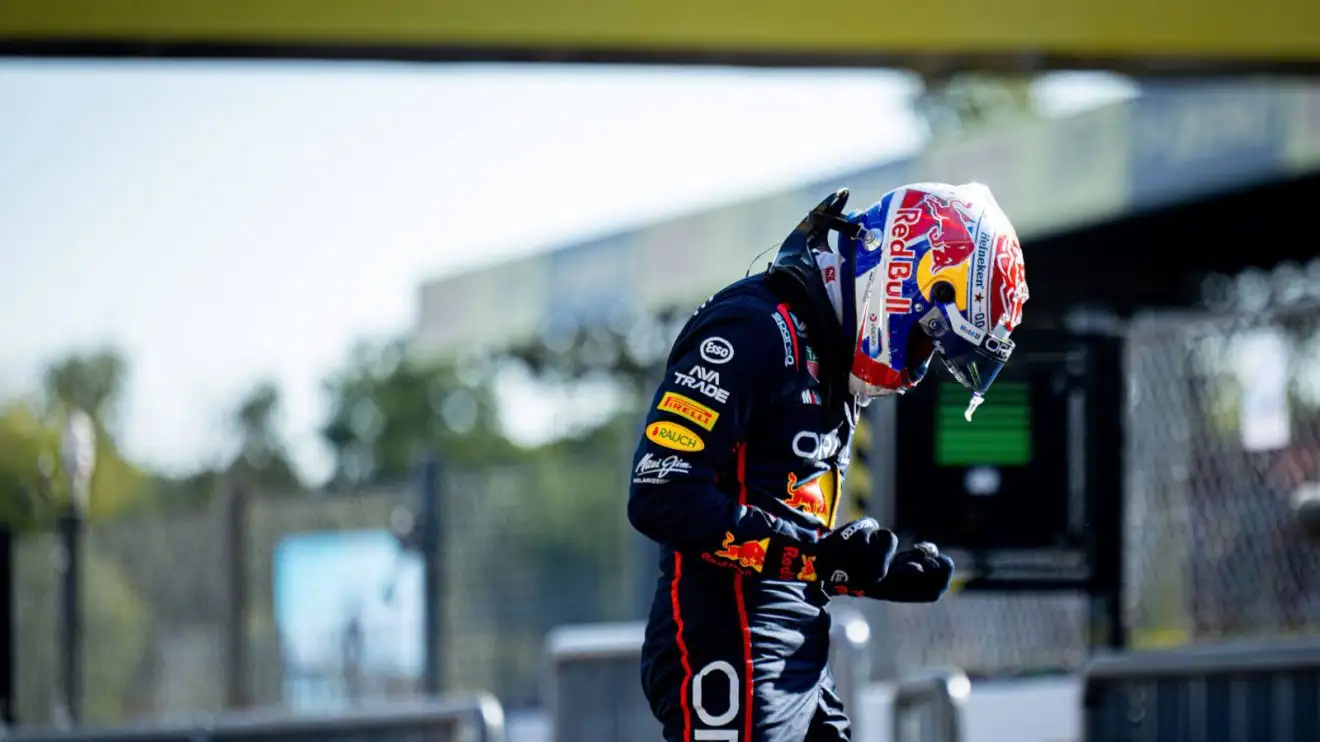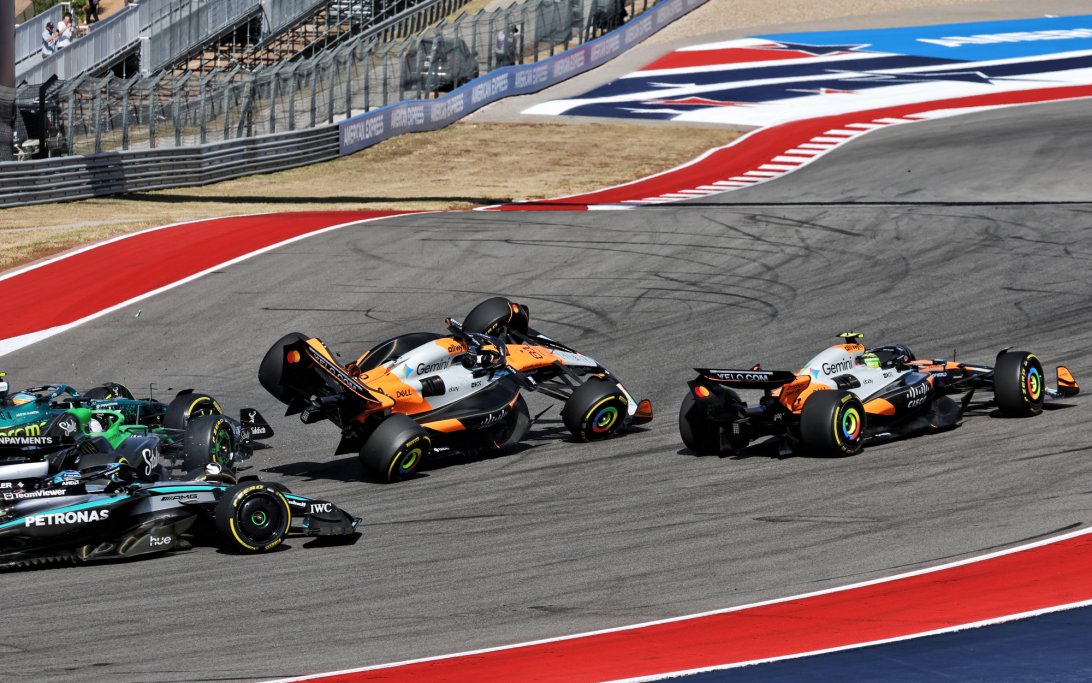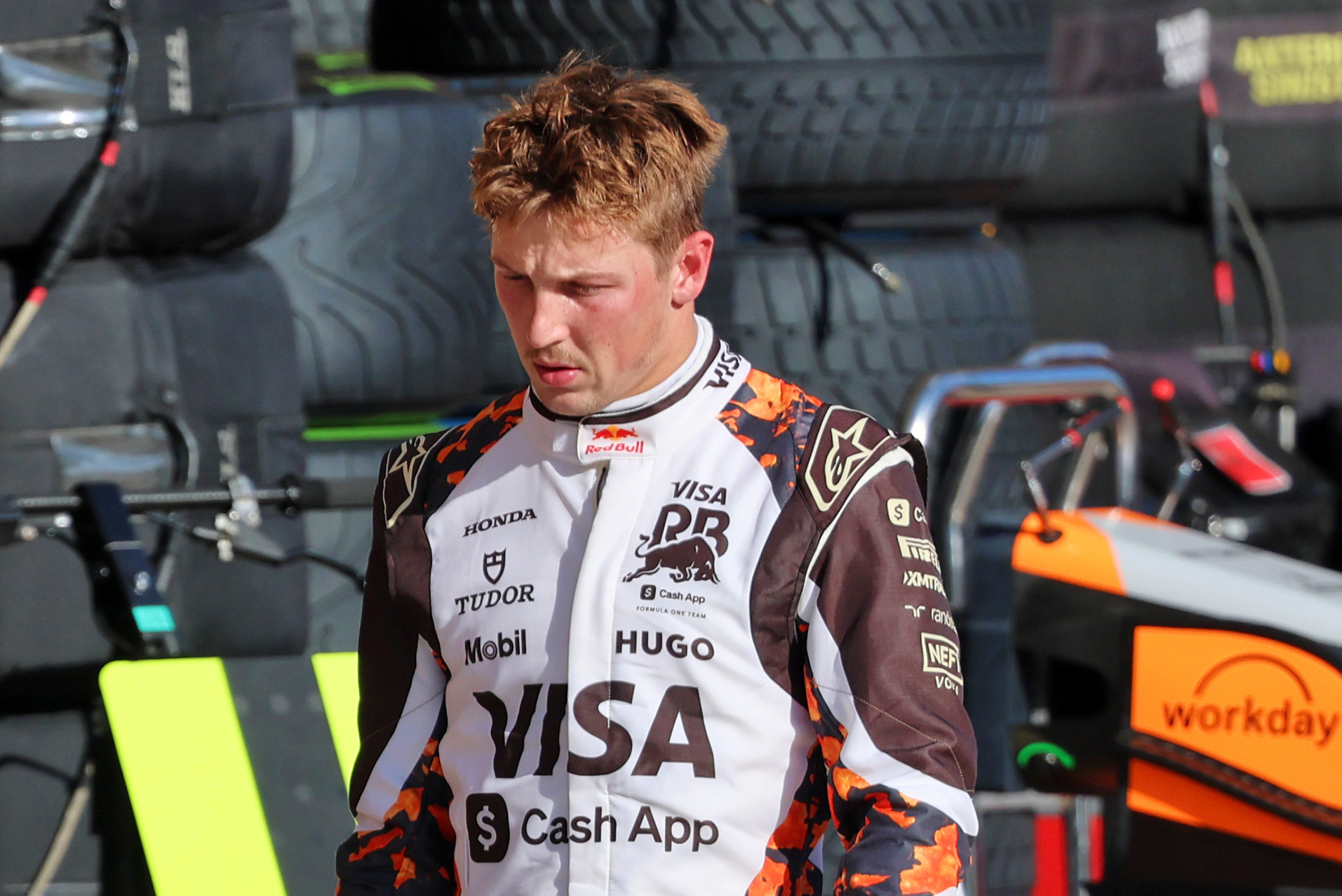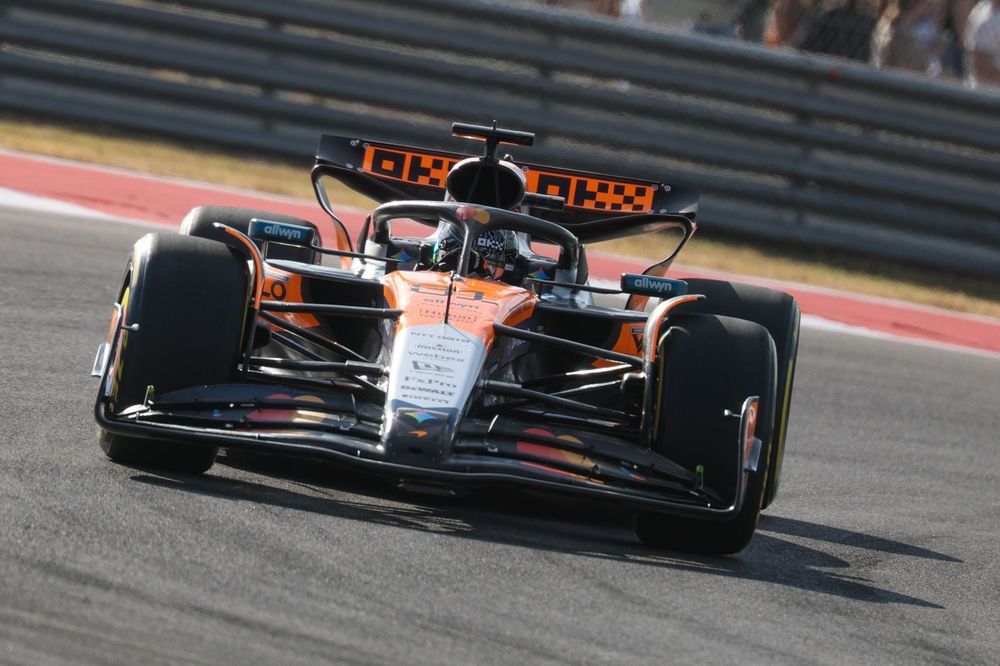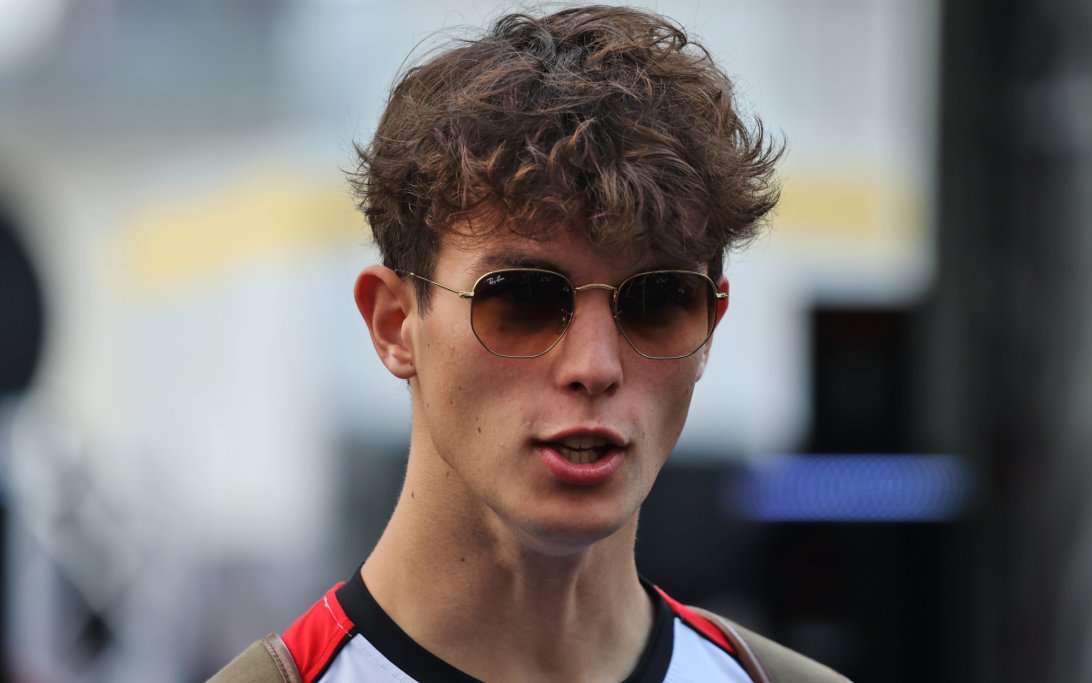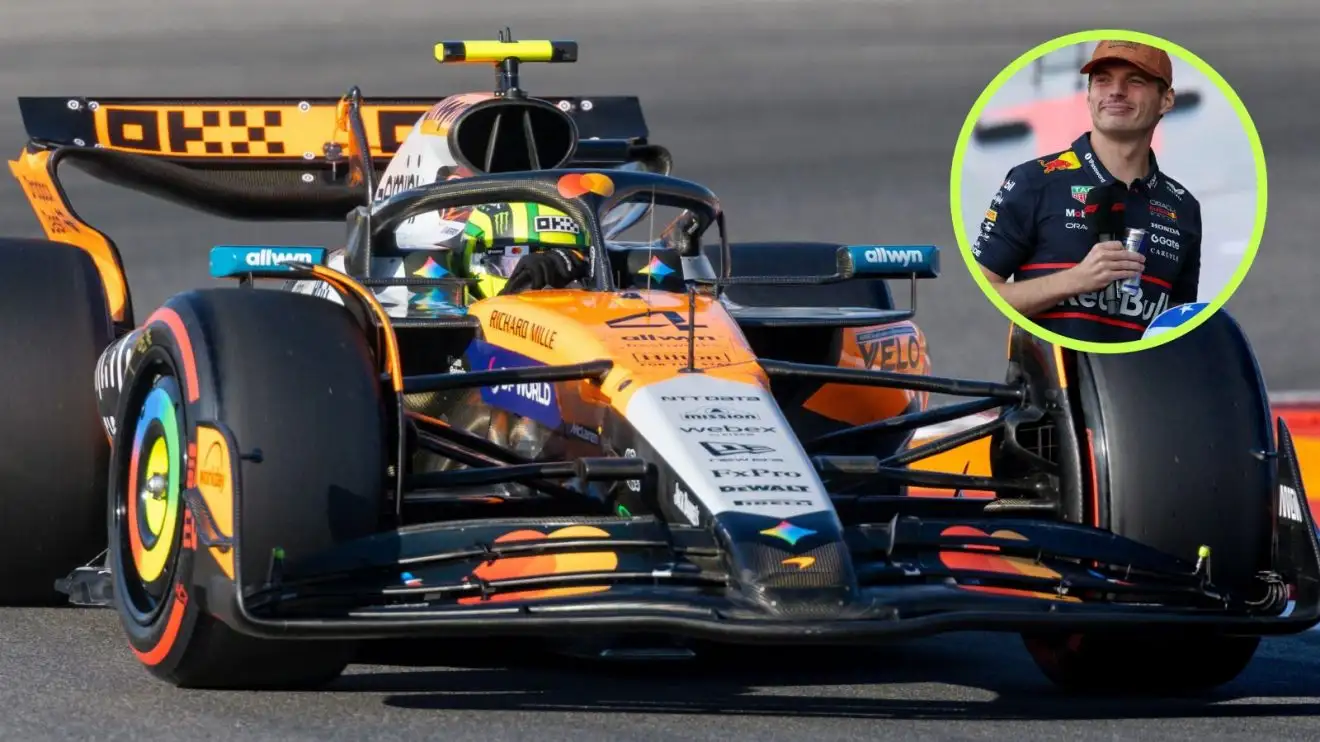
George Russell Explains Red Bull's Austin F1 Pace Discrepancy
Despite Max Verstappen securing pole position for the US Grand Prix and scoring points in the sprint, Red Bull expressed dissatisfaction with their car's balance and higher-than-expected tire degradation. However, Mercedes driver George Russell offers a different theory for Red Bull's varying pace between qualifying and the sprint race in Austin.
Why it matters:
Red Bull's performance fluctuations at COTA sparked discussions about their car's characteristics and setup. Understanding the nuances of their pace helps clarify the competitive landscape and provides insight into the strategies other teams, like Mercedes, might employ to challenge the dominant Red Bull in race conditions.
The Details:
- Red Bull's Sprint Concerns: Max Verstappen and Helmut Marko noted poor rear balance and high tire degradation during the sprint, attributing it to setup issues, which they believe have since been addressed for the main race.
- Russell's Theory: Low Ride Height Advantage: George Russell suggests Red Bull's strong qualifying pace on high-speed tracks (like Silverstone, Suzuka, and Austin) stems from their car's exceptional downforce when running very low to the ground.
- During qualifying, cars push the limits, achieving peak cornering speeds where ground-effect suction is strongest, pulling the car closest to the asphalt.
- Russell believes this specific aerodynamic advantage of the RB21 is maximized in high-speed, low ride-height conditions.
- Race Conditions Alter Dynamics: In race conditions, speeds are slightly lower (around 20 km/h slower through high-speed corners), causing the car to run at a higher ride height.
- This higher ride height reduces Red Bull's specific ground-effect advantage, bringing other cars, including Mercedes, closer in performance.
- Mercedes, according to Russell, performs poorly at very low ride heights but converges with Red Bull as the ride height increases in race trim.
- Implications for Race Pace: This theory explains why Mercedes appeared relatively stronger in the sprint compared to qualifying sessions, as the sustained high-speed, low ride-height conditions of qualifying are not maintained over a full race distance due to tire and skid block wear considerations.
What's next:
Russell hopes Mercedes can contend for a podium spot in the main race, starting fourth on the grid. He downplayed concerns about McLaren's lack of sprint data, noting that two safety cars meant no team got a proper long-run reference. The main race, with 55 laps, remains largely a step into the unknown for all competitors, where tire management and sustained pace will be critical.
Original Article :https://www.motorsport.com/f1/news/George-Russell-shares-F1-theory-about-Max-Ver...


